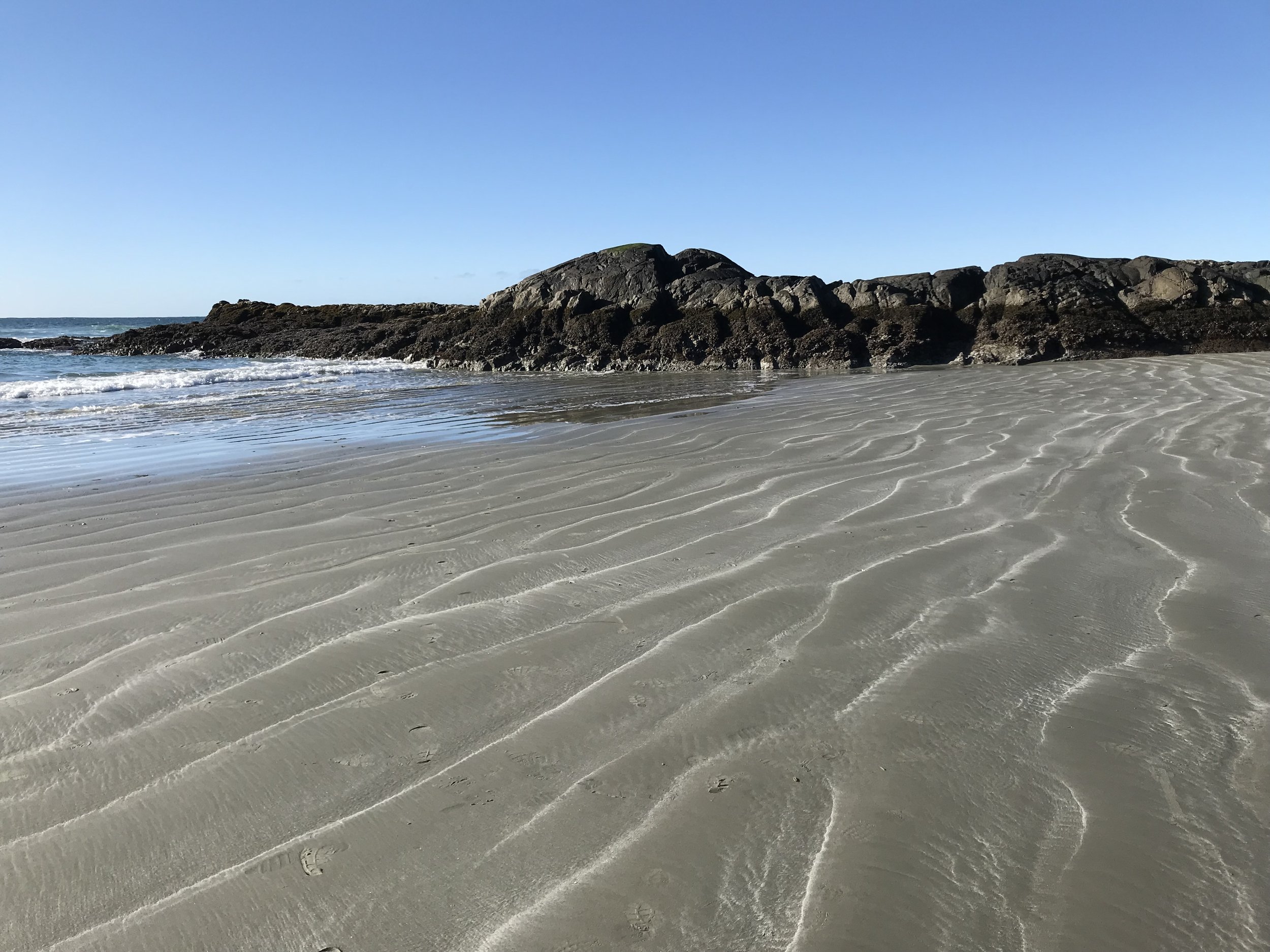
Writing With a Broken Tusk
Writing With a Broken Tusk began in 2006 as a blog about overlapping geographies, personal and real-world, and writing books for children. The blog name refers to the mythical pact made between the poet Vyaasa and the Hindu elephant headed god Ganesha who was his scribe during the composition of the Mahabharata. It also refers to my second published book, edited by the generous and brilliant Diantha Thorpe of Linnet Books/The Shoe String Press, published in 1996, acquired and republished by August House and still miraculously in print.
Since March, writer and former student Jen Breach has helped me manage guest posts and Process Talk pieces on this blog. They have lined up and conducted author/illustrator interviews and invited and coordinated guest posts. That support has helped me get through weeks when I’ve been in edit-copyedit-proofing mode, and it’s also introduced me to writers and books I might not have found otherwise. Our overlapping interests have led to posts for which I might not have had the time or attention-span. It’s the beauty of shared circles.


Process Talk with Jen: Elizabeth Partridge on Golden Gate
[Posted by Jen Breach for Writing With a Broken Tusk]
Elizabeth Partridge’s The Golden Gate: Building the Mighty Bridge tracks the epic construction of the Golden Gate Bridge in the 1930s–at the time by far the world’s longest suspension bridge and commonly thought to be an “impossible” project–from an utterly child-centric POV.
Here at Writing With a Broken Tusk, we are preoccupied with crossing borders, and it strikes me that a bridge is as much of a transitional space as a border between countries. But there’s something about the scope of a bridge–especially one as long, and striking as the Golden Gate–that gives us a physical reminder of being in liminal space that crossing an invisible, imaginary, pencil-thin border between countries.
